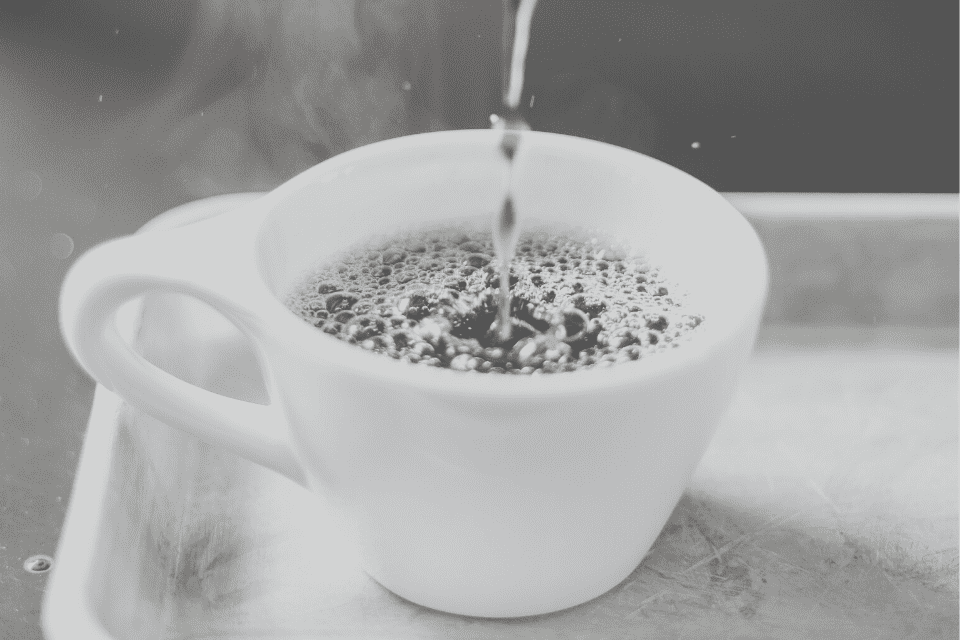What would you do if your coffee was suddenly rationed? What if you had to cut your coffee consumption in half? Even with the shortages we’ve faced in the last couple years, so far we’ve still been able to get our coffee- and as much as we like. But that wasn’t the case during World War II. During an 8 month stretch beginning in November 1942, coffee was added to the ration list for American civilians. Though Brazil and other Latin American countries were producing record amounts of coffee, the U.S. coffee supply was diminishing because of the war. Any available ships were being redirected to the war effort, causing limited shipping. In addition, German U-boats patrolled shipping lanes, sinking any merchant ships they could. Before coffee made the rationing list, the government tried to simply limit coffee roasters’ supply. In April of 1942, coffee roasters were limited to 75% of their previous year’s supply. Then, just five months later, that amount was decreased to 65%. Eventually, in November of that same year, the Office of Price Administration felt it necessary to ration coffee for civilians in order to give priority to the military. Up to that point, Americans drank twenty pounds of coffee per year per person. That amount was basically cut in half. The rules allowed only one pound of coffee every five weeks to anyone over 15 years old. Following this, Life magazine published an article in their November 30 issue with suggestions for how citizens could …
Tag Archives: Coffee
For the Love of Coffee
Coffee is deemed by most Americans as more than a mere commodity. It’s considered a necessity. In fact, the average American spends over $1000 in coffee consumption per year. That’s a lot of coffee drinkin’! Coffee has been a feel-good, taste-good beverage for hundreds of years. However, it was not always as acceptable to consume as it is now. When coffee first made its debut into the Western world, it was initially met with skepticism. In some places, even the morality of drinking coffee was questioned. That is, until Pope Clement VII took a swig and put his seal of approval on the hot new beverage. Still in some countries, coffee was slow to be looked upon by leaders as “ok.” Like in Sweden. Coffee first arrived in Sweden sometime around 1674 but was used very little until the turn of the 18th century. Then it became in vogue among the wealthy. But, in 1746, an edict was issued by King Gustav III against coffee and tea due to “the misuse and excesses of tea and coffee drinking”. (What would ‘ole Gustav III think of us now days!?) Heavy taxes were levied on consumption. Failure to pay the tax resulted in fines and confiscation of cups and dishes. Later, coffee was banned completely. But, despite the ban, consumption continued. Convicts were forced to drink while watched by doctors to see who dies. It didn’t work. And, eventually, coffee became accepted. Now, we coffee drinkers can enjoy our favorite beverage without …



